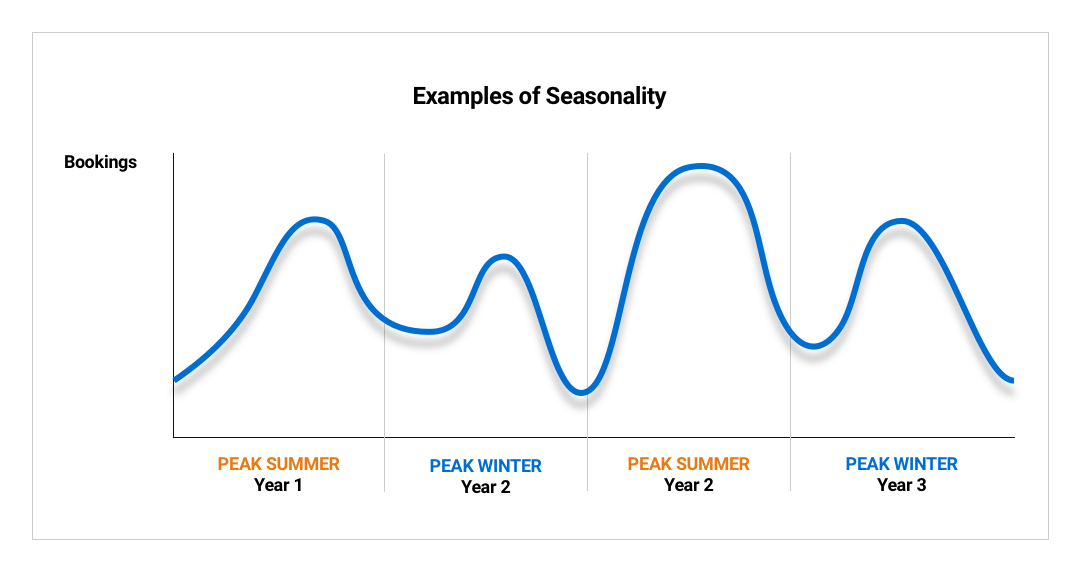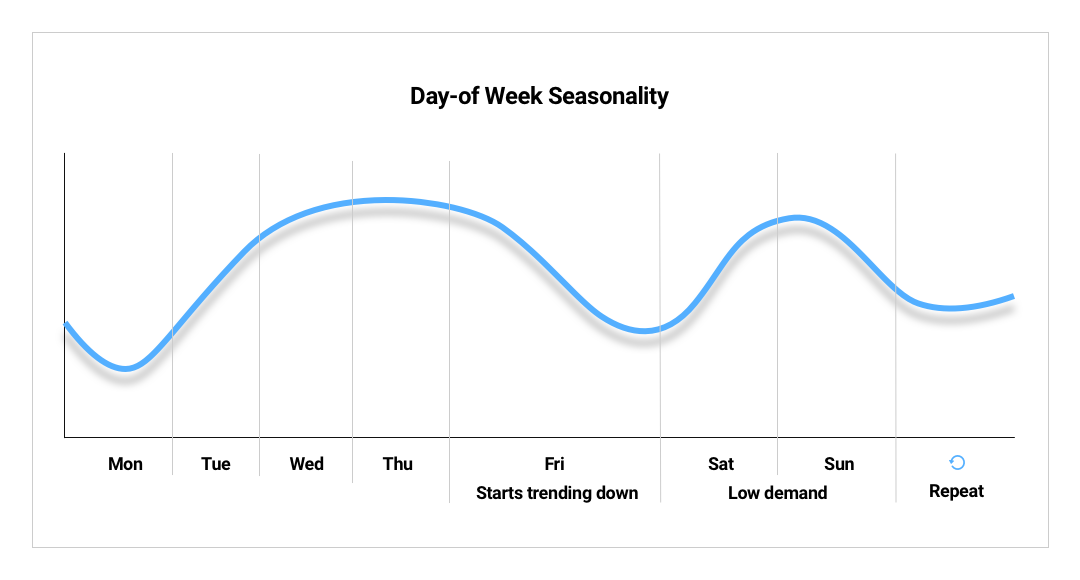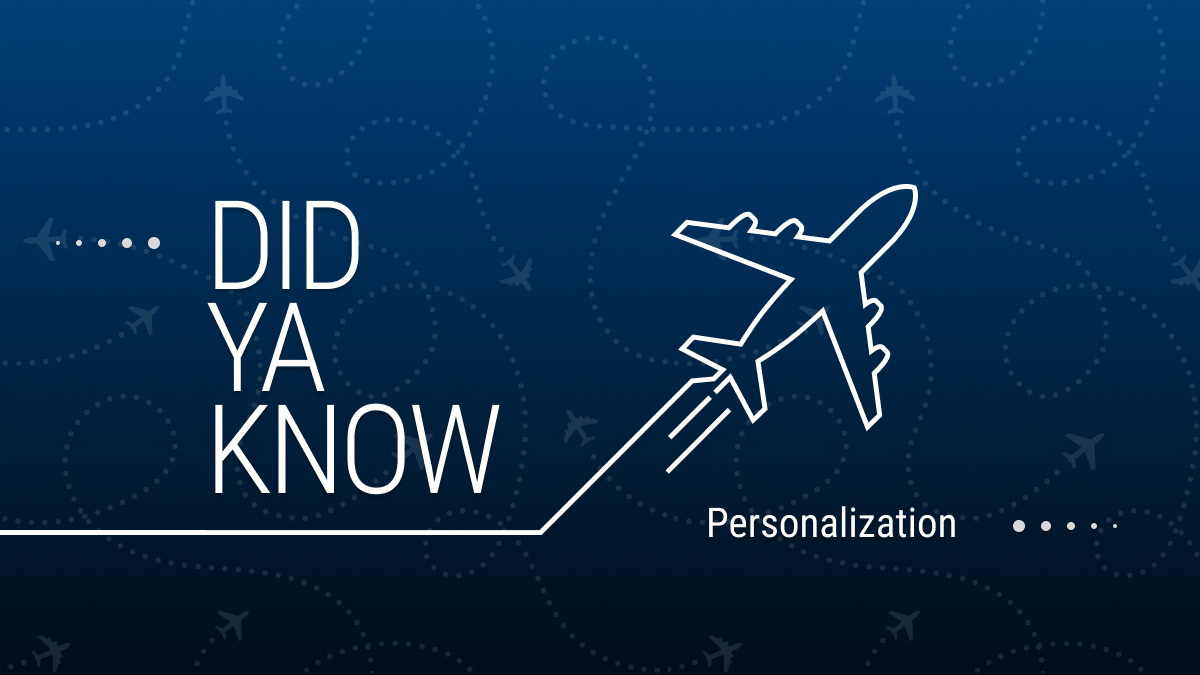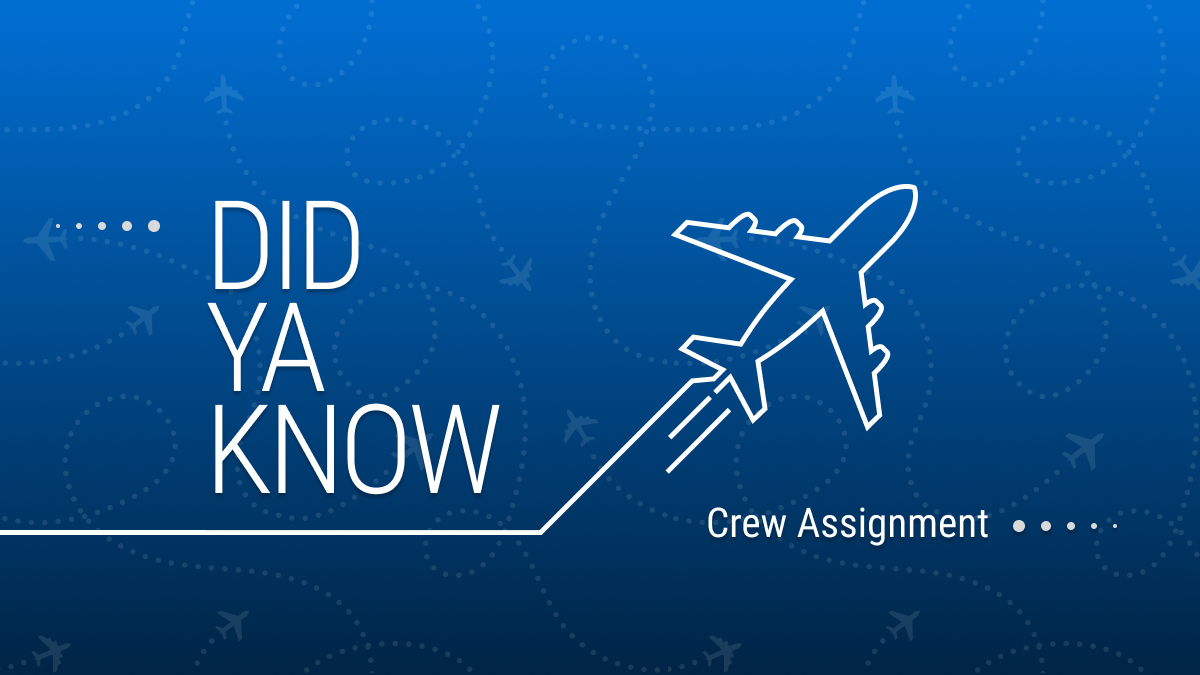Seasonality in Travel and How to Maximize the Revenue Opportunity
Understanding seasonal travel patterns is a fundamental building block to run a profitable charter business. Seasonality is a characteristic of a time series of data such as bookings, which experiences predictable changes that repeat every calendar year. Cyclical changes to demand over a calendar year are classified as seasonal. In travel, booking volumes vary by destination and understanding the magnitude of the cyclical changes is required to adapt the decision making process in arriving at a price quote to maximize sales. Every destination exhibits seasonal demand patterns and can be broadly classified as high (peak) season, shoulder season, and low (off-peak) season.
The approach to address seasonality in travel is a multi-step process.
- Demand variation by week or month over a calendar year
- Demand variations by day of week
To a large extent these two types of seasonal variations can be modeled with statistical models such as Holt-Winters, ARIMA (auto-regressive integrated moving average), SEATS (signal extraction in ARIMA time series), STL (seasonal and trend decomposition with Loess), and many more.
In addition, holidays, and special events influence demand patterns. Modeling seasonality to address holiday demand is challenging. There are two types of holidays. They are fixed date holidays and floating date holidays.
Christmas and the 4th of July are examples of fixed date holidays, but the demand is influenced by the day of week these holidays fall on. Thanksgiving is an example of a floating date holiday, but always happens on the fourth Thursday in November. Memorial Day is similar and is always the last Monday in May. Moving holidays like Easter are a bigger challenge to address since it is based on the lunar calendar (the first Sunday after the full moon after the Spring Equinox) and could be in March one year and April the next. For this reason, to forecast seasonality with predictive models requires 7 years of data which may not have been captured and stored on a database. Therefore, users focus on using they market intelligence to adjust the baseline forecast to address seasonality.
Demand for charters during special events are probably the most difficult to forecast with any degree of accuracy. Examples of special events are the NBA All Star game, NFL’s Superbowl, the MLB All-Star game, etc. where the destination market changes every year.
Here are a few examples of seasonal variations in demand.
Figure 1:
Illustrates a typical seasonal demand pattern at a destination. There is a big summer season and a smaller winter season that happen at the same times of year and repeat annually. Such patterns are easy to capture in a variety of time-series models that incorporate seasonality.

Figure 2:
Illustrates what many businesses saw with COVID-19; both demand and seasonality were non-existent. In the graph, demand is picking up again as seen at the far right but the larger question is if the old seasonal pattern will reappear.

Figure 3:
Illustrates the demand by day of week at a destination. For many businesses, demand is high from Monday through Thursday, with Friday slowing down, and the weekend has lower demand. These patterns need to be estimated simultaneously with annual patterns.

So why is destination seasonality important for charter operators? Leveraging a combination of global demand data and user overrides based on a user’s marketplace intelligence, seasonal variation in demand is used to determine if the price for a charter flight should be marked up (e.g., high season), stay the same (e.g., shoulder season) or marked down (e.g., low season) by destination week of year or month. Holidays and special events will require an additional adjustment to the price quote, either model based or based on user overrides.In summary, seasonally adjusting data is challenging, and comparing business results across time is not easy and requires business expertise combined with statistical modeling. A seasonal forecast can improve the bottom-line for a profitable charter operation.

Ross Darrow – Chief Scientist






